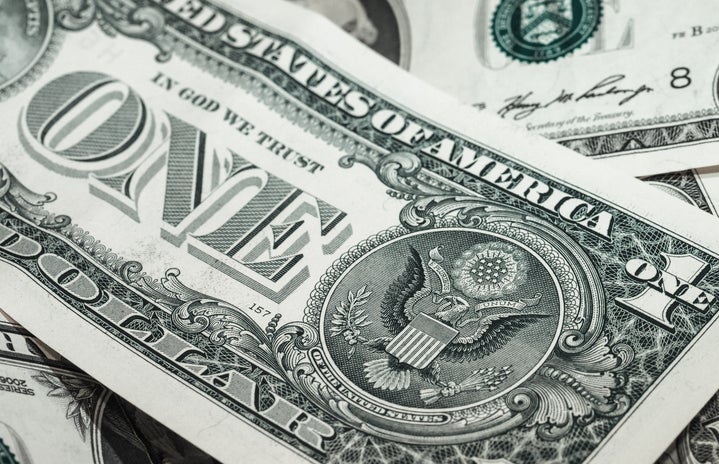South Korea—officially the Republic of Korea—wasn’t always the high-tech, shining city on the hill. Rewind the hands of time 50 or 60 years back and you’ll step on an agrarian, poor country that was much poorer than it’s neighbor to its North.
What happened? How did South Korea leave its poverty-stricken status to churn out the internationally recognized boy band BTS?
In order to answer that, we first have to travel over 120 years in the past.
The Korean Peninsula used to be under Chinese rule until Japan defeated the aging colossus in 1895. While not annexed immediately, Japan’s influence over the land was secured, kick-starting an era of colonization.
Cultural genocide, forced labor, and resource-extraction were the order of the day. The year 1910 saw the full annexation of Korea into the Empire of Japan. However, the Koreans didn’t sit back and let their country become their Hades. Inspired by President Woodrow Wilson’s Fourteen Points, country-wide protests erupted, demanding independence from Japanese rule. But colonizers do what colonizers do best—clamping down with brutal force any resistance. Thousands were killed and arrested, and some were even locked in a church and burned alive by the authorities. This took place on March 1st, 1919, a date that is today a national holiday in South Korea.
Japanese rule on the peninsula would last until 1945, when Tokyo unconditionally surrendered to the Allies (US, UK, USSR, France, and other nations). The Korean Peninsula was divided into two occupied zones: one under Soviet control in the North and the other under American control in the South. A line, called the 38th parallel, split these spheres of influence.
Since the US and the USSR were playing a global chess game for influence, the two halves never saw reunification, despite the wishes of the populace. Then the Korean War began in 1950 with a surprise attack by North Korea on the South. The war reached a stalemate, and an armistice was signed in 1953. Surprisingly, North and South Korea never signed a peace treaty, which means they have been technically at war for over 65 years.
The war left South Korea utterly devastated. Living off support provided by the United States, South Korea lacked the natural resources that the North had. Something had to be done.
South Korea’s fortunes began to turn after a coup d’état brought General Park Chung-hee into power in 1961. Park set out to industrialize South Korea. First, he warmed relations with Japan, a nation that was prospering, and South Korea was loaned the equivalent of 500 million dollars. Next, 300,000 South Koreans took part in the Vietnam War, in which the US provided money to pay soldiers’ salaries, military aid, and other help. With finances secured, Park set out to coerce the number of chaebol—family-owned conglomerates—to collaborate in the land’s industrialization. Samsung, Hyundai and LG are just a few of the chaebol to work with the Park regime. Through tax breaks and loans, the chaebol developed the country: Hyundai, for example, created a highway that connected Seoul to Busan. Factories sprung across the nation, eventually uplifting the dire economic situations that many South Koreans lived in.
Even though Park was assassinated in 1979, that did not stop the South Korean economy from growing. The 80s saw the democratization of the nation, while the 90s witnessed the diversification of South Korea’s economy. Spurred by the overwhelming financial success of Jurassic Park—a movie that earned the equivalent of selling 1.5 million Hyundai cars overseas—the government set out to apply the same model that developed its heavy industries (cars, electronics, etc) to pop culture. It succeeded, causing what has been dubbed “the Korean Wave”. As a result, Korean music, movies and TV shows have penetrated the global market, spawning admiration from all ages across the world. BTS, Parasite and the recent hit Squid Game are examples that show the coolness of Korean Pop culture.
How did the government shift South Korea’s heavy manufacturing-based economy to one of goods and services? Well, they first installed high-speed internet across the country, and then got the chaebol together and pressured them to focus on producing music, movies, makeup, food, and fashion. To top it off, they eased up on the censorship laws that hampered creativity and finally allowed young Koreans to study abroad, bringing back new sensibilities, ideas and different means of artistic expression.
In short, South Korea’s rise on the world stage may seem unexpected, but it’s in fact a classic tale of rags-to-riches, starting from the bottom and crawling all the way to the top.

